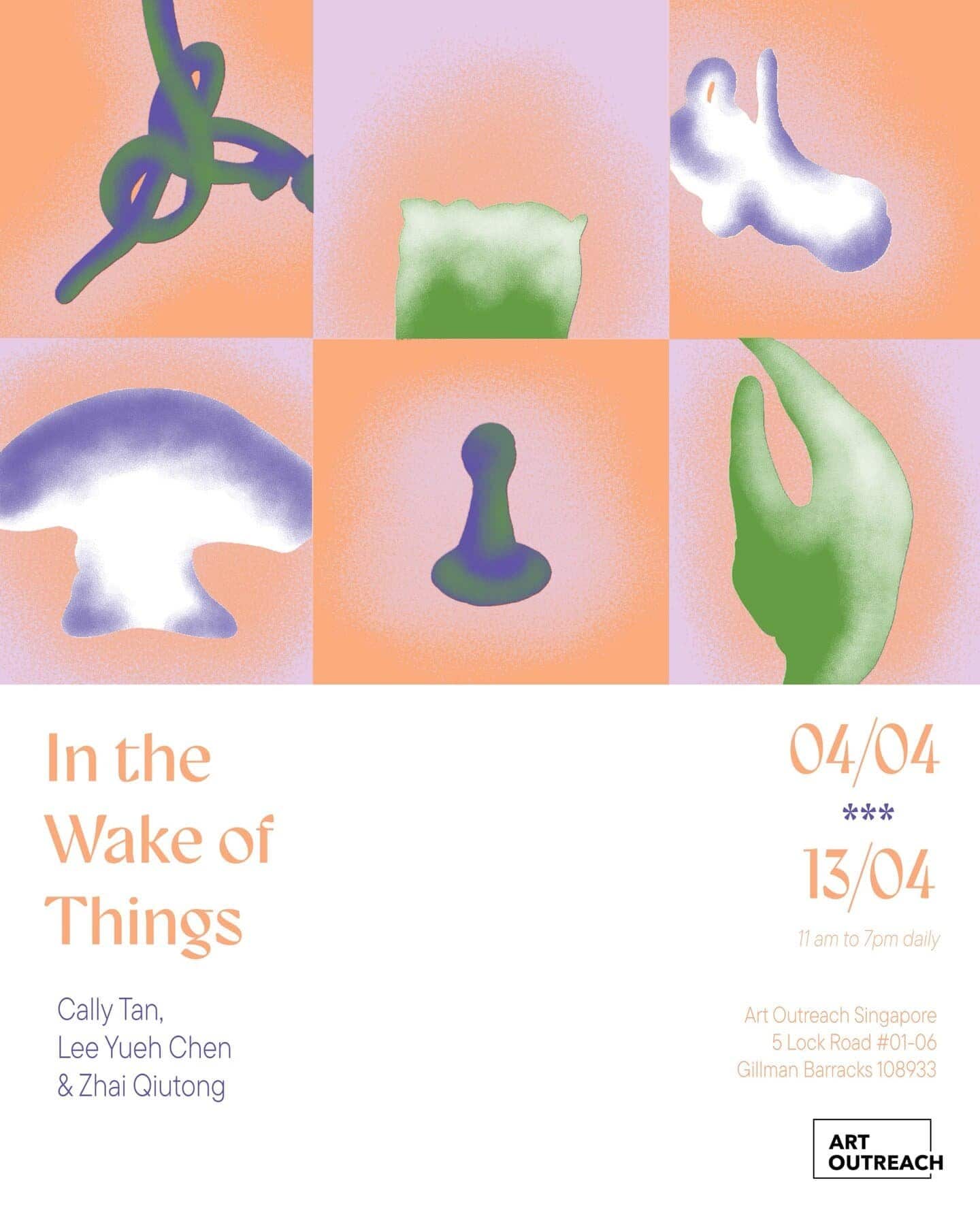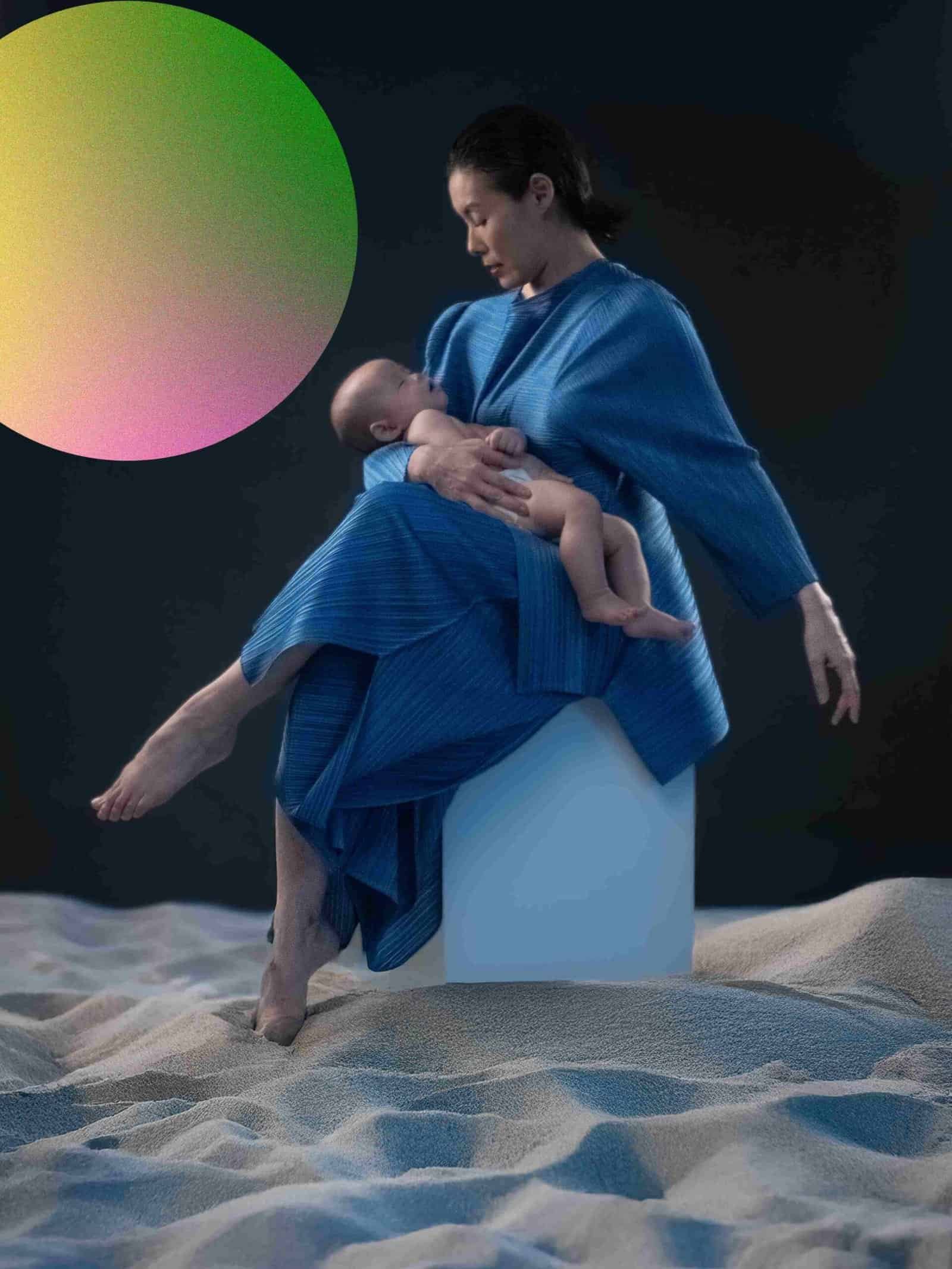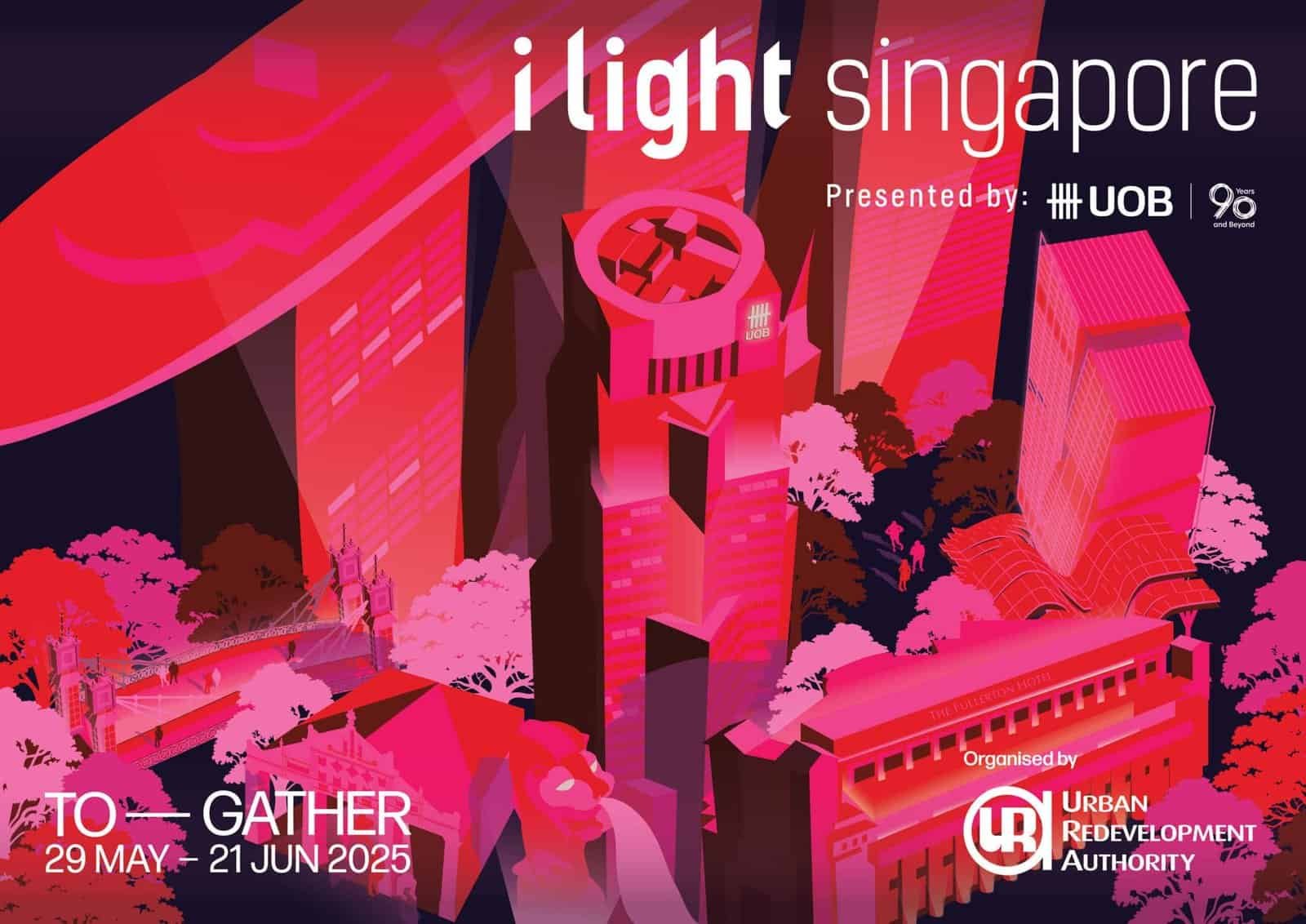
- This event has passed.
In the Wake of Things
April 4 @ 11:00 am - April 13 @ 7:00 pm
Free
Group Exhibition
4 – 13 Apr 2025, 11am – 7pm
In the Wake of Things is a collaborative project by artists Cally Tan, Zhai Quitong, and Lee Yueh Chen, whose practices span across textiles, paintings, and installation. United by a shared interest in cross-disciplinary explorations of objecthood, our conversation began with a playful game of “Would You Rather” under the premise of collecting objects we encountered. This exercise resulted in a dynamic list of Chimera-like items, born from freeform thinking, and opened an imaginative space for object encounters that transcend physical form, time, and space.
In line with this playful exploration, we engage with the fluidity and multiplicity of objecthood, deliberately stepping away from rigid theoretical frameworks like Object-Oriented Ontology. This exhibition will reflect our collective approach by unpacking the art of encounter, with a focus on documenting exercises like the one mentioned. Alongside these ideas, we will showcase a collection of both existing and new works from our practices, offering a tangible reflection of the evolving nature of objecthood. Through these pieces, we explore how objects continuously shift in meaning, form, and significance, expanding their vocabulary and deepening our understanding of them as ever-changing presences.
In the Wake of Things seeks to demystify notions of objecthood by fostering casual, straightforward interactions between diverse perspectives on the subject. It captures the multiplicity of objecthood not only through idiosyncratic interpretations but also as a network of organic formations that are both fleeting (often overlooked) and enduring (leaving lasting impressions). By bringing together three distinct artistic practices that orbit around a central theme – emphasising different facets of engaging with objects, such as site-specificity, plasticity, or the embodiment of artefacts – the exhibition aims to expand the language used to discuss objecthood. Through the juxtaposition of various mediums, mindsets, and presentations, it offers a deeper exploration of the evolving nature of objects. Ultimately, we invite audiences to become curious about the significance of their own encounters with objects, fostering an ongoing dialogue that deepens their understanding and appreciation for the often-overlooked elements that shape our experiences.


